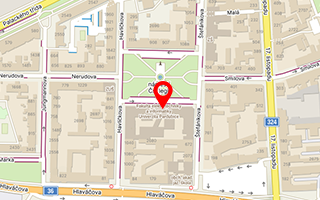Publikace detail
Bin Picking Success Rate Depending on Sensor Sensitivity
Autoři:
Doležel Petr | Pidanič Jan | Zálabský Tomáš | Dvořák Miroslav
Rok: 2019
Druh publikace: článek ve sborníku
Název zdroje: Proceedings of the 20th International Carpathian Control Conference, ICCC 2019
Název nakladatele: IEEE (Institute of Electrical and Electronics Engineers)
Místo vydání: New York
Strana od-do: 247-252
